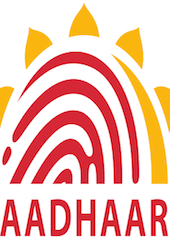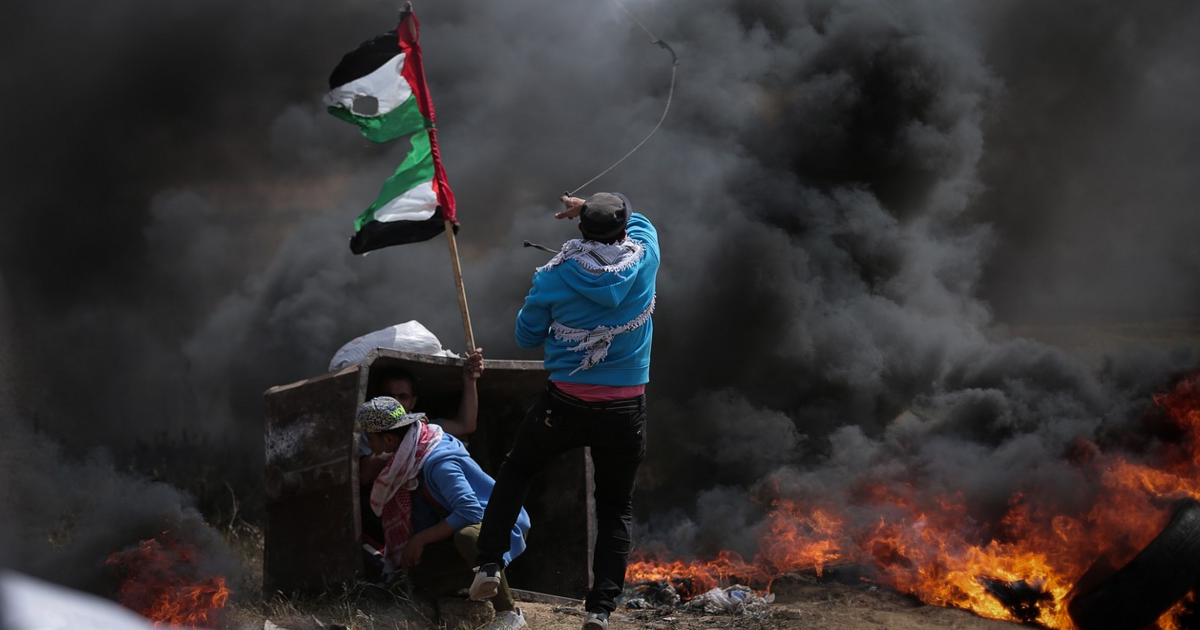India: Combating Poverty With Technology?
Can tech-based solutions, like a new national identity card system, really fix India’s poverty challenges?
January 13, 2014

India’s national identity card project has received a lot of favorable media attention internationally. This is largely due to the involvement of Nandan Nilekani, the former CEO of Infosys, the Indian IT company.
The goal of the effort he heads up is to issue an identity card to each of its over 1.2 billion residents. The card contains a unique 12-digit number that is linked to each person’s fingerprint and iris scans.
I have personally gone through the scanning and documentation process of both aadhaar and the national population register. I was disappointed by the sloppy manner in which they were conducted and was also confused about why I had to go through the same sloppy process twice.
When it was done, I was also shocked to see my aadhaar card, because it failed to meet the hype generated. It was just information printed on thick paper, which will crumple unless I get it laminated with plastic.
Outshone by Pakistan?
As if that weren’t bad enough, given all the media hype, what ought to really shock any fellow Indians is that neighboring Pakistan’s identity card looks smart — just like an ATM card printed on plastic. That is, of course, not how it is supposed to be. Whatever India’s problems, we are supposed to have the upper hand over Pakistan at least technologically.
That our long-time nemesis, Pakistan, would outdo us is almost unimaginable — and certainly comes as a surprise to all international observers.
It’s reality, though, and a tantalizing illustration of how long the road will be before we really have a “shining India.”
In India, the ID card project was launched with much fanfare in February 2009 and a year later the identity card was called aadhaar.
The meaning of the Hindi noun aadhaar is “basis.” The choice of a new Hindi word that conveys the emotion of “hope” was politically wise. It implied that the card is the basis of something that will be offered in the future– and that aadhaar will one day become adhikar meaning a “right.”
The majority of India’s population still lives in rural areas and does not speak English. Calling it an “identity card” would only have made it yet another card like the voter identity card, which proves citizenship. In contrast, the aadhaar card only indicates residency in India.
Last year I saw poor pilgrims from India wanting to travel to Nepal being turned down at the New Delhi airport because they only had the aadhaar card for proof of identity as opposed to voter identity cards or passports.
A card against the bureaucrats?
Western media decided that the ID card project was a testament to India’s information technology skills and showered praise on India’s technology gurus. They were expected to bypass India’s infamous bureaucracy and shepherd India successfully through one of the “most technologically and logistically complex” identity card projects in the world.
Rajiv Gandhi, India’s former Prime Minister, is often quoted as having said that out of each rupee allocated as welfare aid to the poor by the government, only 15% actually reaches them. The rest “leaks” into the administrative system — as payment to the bureaucracy that manages such schemes or as a bribe to the middlemen entrenched in the system.
Once aadhaar is in place, the hope was, and is, that all aid — whether in the form of food, fuel or fertilizer — would be delivered as direct cash transfers to the intended beneficiary.
Eventually, aadhaar is even expected to resolve India’s longstanding problems in basic education and health systems. The card could help check attendance of students and teachers in rural schools as well as the presence of doctors in rural health centers. It is also intended to serve as the basis for building a complete health information system.
Democratization of banking?
In addition, the ID card is said to be sufficient for opening a bank account. Thus, it should improve entrepreneurial activity through expanded access to banks and offering bank loans.
Currently, over 50% of India’s people currently do not have bank accounts. And 90% of the bank accounts that had been initiated about a decade ago under a policy of opening bank accounts for all Indians are now either closed or unused.
For all this tantalizing array of hoped-for or intended benefits and effects, one has to wonder. Could the mere entitlement to a number resolve most of India’s persistent development problems — as the government claims it will?
Will welfare benefits really arrive in the pockets of the deprived masses — rather than allow the benefits to leak away through the entrenched bureaucracy?
Can the scheme, if executed successfully, bring India’s 60-year long development effort to a happy end? In other words, is “technology” India’s new political invention for mediating social problems, a kind of yellow brick road to prosperity?
Redundant system?
Outside of India, few people realize that the country already has in place a system of assigning economic identity cards. That card helps, for instance, to classify a family as falling under the “poverty line.” These “below poverty line cards” (BPL cards) are issued to specific families in order to ensure access to monthly food and fuel rations.
Under this system, a designated distributor supplies wheat, rice and other essential food items, along with kerosene that is used as fuel for cooking, at a steep discount over market prices to people who are certified as living below the poverty line.
However, as is so often the case, no well-intentioned scheme comes without severe problems: Counterfeit BPL cards can be secured easily from a town or village official for a “price.” That means that genuine BPL families are often denied their rations.
The huge price arbitrage between subsidized and market priced food and fuel also creates an incentive for the distributor to divert subsidized items into the regular market. In addition, BPL cardholders are too poor and politically too weak even as a group (read: disorganized) to question the unavailability of supplies.
Despite these leakages and drawbacks, the BPL rations still provide a lifeline for many households and are often the only thing that stands between them and starvation.
A voluntary identifier
Many of India’s leading social scientists and development economists have expressed concern over the scale and scope of the aadhaar scheme. In particular, they have questioned its ability to replace the BPL scheme.
A crucial point in that regard is that the identity card system (or aadhaar) is voluntary as of now. In practice, that means that many people, whether or not they are below or above the poverty line, may not have an aadhaar card.
The government’s attempts to pass the National Identification Authority of India bill in the Parliament failed in 2010. Among the reasons for failure of passage were concerns over the project’s high cost, possible compromises on privacy as well as duplication of the work of the National Population Register of the Ministry of Home Affairs.
Without the legislation, the Unique Identification Authority of India is only an executive body under India’s Planning Commission.
The bill itself would not make aadhaar mandatory, but would keep it voluntary. It would not prevent any service provider from requiring aadhaar in order for eligible people to receive services. As if this weren’t complicated enough, there is an ongoing turf battle with the National Population Register, which is also collecting photographs, fingerprints and scans of all residents.
No new data generated
The card on its own does not capture any of the information that is needed to decide where a person is located with regard to the poverty line. This means that the system needs to extract this information from other, older databases of the government (such as the BPL database), even though it is probably outdated by now.
Therefore, the replacement of a BPL card with a unique number is not likely to be as straightforward as it is made out to be. The logic of converting food and fuel aid into cash aid is also in doubt.
That means that the mills of Indian politics and the bureaucracy are once again turning in a manner that create lots of steam and pseudo-action, but little effect.
Continue to part II.
Takeaways
India’s new aadhaar ID system, a voluntary paper ID card with few benefits, fails to live up to Western media hype.
The aadhaar ID card will supposedly fight poverty, improve education and boost entrepreneurial activity in India.
Whatever India's problems, we are supposed to outshine Pakistan technologically. Their ID system is better.
Western media decided the ID card project was a testament to India's IT skills and heaped praise on the tech gurus.
India’s anti-poverty aadhaar card does not capture any info needed to decide if a person is below the poverty line.
The mills of Indian bureaucracy are once again creating lots of steam and pseudo-action, but little effect.
Read previous

Gaza: Scenes of Human Tenacity
January 12, 2014
